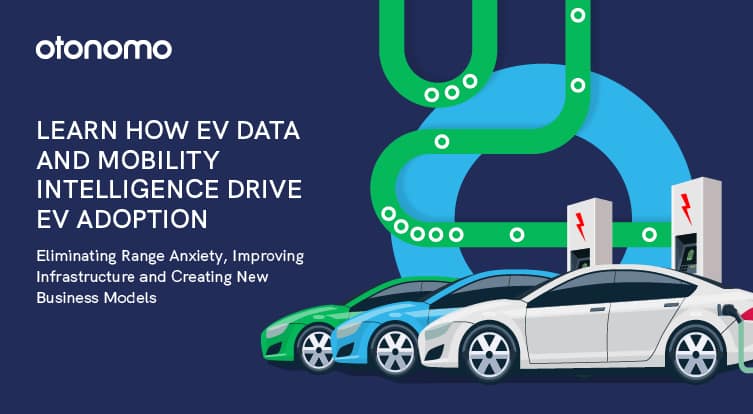As electric vehicles are becoming more and more common, so does the need to adapt our urban environment to their ever-growing presence. In practical terms, this means smart city planners need to help create an urban ecosystem that supports EVs.
Much of what is needed is not new. Road infrastructure for example services all vehicles, ICE or EV, shared or not. Connected vehicles (and all EVs are connected) can make road usage much better , but electric vehicles have specific needs as well, primarily a charging infrastructure.
What you need to know about EV charging
Most EV charging takes place at home, and during off peak hours. As EVs become more popular utilities companies need to prepare for changes in electricity consumption patterns and may require some modifications to the city’s power infrastructure. This challenge is relatively simple and easy to predict

A much bigger and more unpredictable challenge is the need to create a solution for drivers on the go, and those who cannot charge their electric cars at home (especially in densely populated neighborhoods with no private parking). These require the creation of charging stations and charging points both in and outside the cities.
In the coming years the entire mobility space will go through a crucial adaptation process, much of it centered on station deployment, and the replacement/refurbishment of legacy gas stations. This will require massive resources across industries including planning and zoning, grid preparations and charge point operators. Finding the best locations for EV charging stations to maximize ROI requires mobility intelligence.
The unique data parameters relating to the battery for electric vehicles can enable stakeholders to estimate remaining distance before recharging is required. This data can be further enriched with maintenance and usage data to create an accurate and actionable picture of the vehicles’ state. By combining EV data with machine learning and artificial intelligence algorithms, data can be turned into actionable insights, especially with regards to the infrastructure required to drive EV adoption and point to the right locations for investment in charging infrastructure to support EV adoption.
Finding the right locations is only part of the challenge. EV intelligence can also help determine the right mix of chargers (slow, fast, rapid, or ultra-rapid) to generate faster returns on the large investments charging stations require. Taking into account population density, traffic patterns, routes, driver intent, adjacent POIs, existing charge point density, and more are all part of mobility intelligence to maximize ROI.
In many cases charge point operators already have stations deployed, and more importantly, may have thousands of potential locations for future deployments that are in planning stages. Thorough site analysis of those locations that provides insights like surrounding businesses, EV driver preferences, and charge type recommendations can generate a demand
ranking that clearly prioritizes the sites that would have the highest demand, and thus be the most effective. Guesswork-driven site selection often translates into low performing stations that do not yield the desired returns, and results in disappointments and slower adoption.
How To Use EV Data and Mobility Intelligence to Drive EV Adoption
EVs are a clear green choice and using data to drive EV adoption is the key to overcoming hesitancy in the market. To drive demand for more electric vehicles, the industry needs to look into the aggregate data from a multitude of vehicles and help push adoption.
The most prominent reason that today’s drivers do not purchase an EV is range anxiety. 58% of drivers are worried about running out of power, while 49% believe there aren’t enough charging stations. The right data can be used to make the decisions that will reduce and even eliminate drivers’ fears.
As EV charging becomes less and less of a concern, it will be much easier to educate the market on habits, charging trends, charging capacity, vehicle behavior and more making range anxiety a thing of the past.
How to Measure the Effects of Electrification on Reducing Emissions and More
Many cities and transportation departments facing new regulations, quotas, and net-zero emissions policies are turning to EVs as a means of reducing their carbon footprint. However, measuring the extent and impact of EV adoption is proving to be a challenge. While the decarbonization of transportation is a target lauded by many, it is difficult to measure without access to EV vehicle data.
And the effects of different policies, from replacing public fleets to tax rebates and grants for EV vehicles, to direct investments in charge point infrastructure is hard to assess. EV vehicle data becomes even more critical when it comes to claiming government, federal or EU incentives, that require evidence of success. Smart cities can only be as smart as the data they receive, and in the effort to create sustainable smart cities, EV data is essential.
Want to learn more about how your city can benefit from EV intelligence? Download the “EV Data and Mobility Intelligence Drive EV Adoption” eBook or get in touch with one of our data experts










